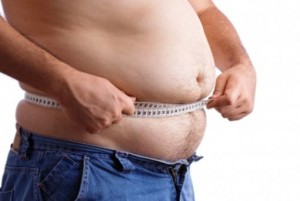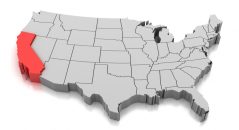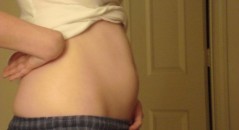 When a person decides to get in better shape, they usually spend some time researching better foods to eat or finding a workout program. One of the most overlooked weight loss tips, however, is to take regular body measurements.
When a person decides to get in better shape, they usually spend some time researching better foods to eat or finding a workout program. One of the most overlooked weight loss tips, however, is to take regular body measurements.
Successful people, whether in business, fitness or any industry, usually share some similar traits. They set a goal, planned for success and had a method for tracking their progress and results.
If you’re trying to lose weight, why would you not do the same? Measuring progress is a vital part of a successful weight loss or fitness program.
Top ways to measure weight loss
Photo Shoot – When starting a new weight loss or fitness journey, taking a “before” picture may feel awkward. But, having visual proof of where you began will serve you well down the road.
Take new photos every 3-4 weeks for a progress update. Remembering where you started will give you extra motivation as the pounds start coming off. Plus, you’ll have a gentle reminder when you don’t want to head to the gym!
Body Fat Percentage – One of the most important body measurements is your body fat percentage. The most common method is to use calipers to take skin fold measurements. This measures the thickness of your skin to estimate body fat percentage.
Usually, accurate measurements are taken for six or seven skin folds on your body including: the abdomen, triceps, chest, shoulder blade, thigh, and hips. Once you have your measurements recorded you can use a web-based calculator to calculate your estimated body fat percentage.
Hit the Scale – Typically, this is the first (and most common) tracking method for people trying to lose weight. Seeing the numbers go down certainly feels good, but it is not the only (nor the most important) way to track your results.
Be sure to weigh yourself on the same day, every week. If possible, take the measurement at approximately the same time, too. When you do the weekly weigh-in, weigh yourself three times. Take the average of the three readings and record it.
Circumference Measurements – Also known as “girth measurements,” these body measurements will help track fat loss and/or muscle gain. Take the circumference measurements every two weeks at the same time of day and with the same measuring tape.
For a good starting point, measure the waist, chest, thigh, hips and upper arms to get plenty of quality information. If you want to get more detailed, add in the neck, shoulders and calf muscles.
If your body fat percentage has gone down over time, but your weight shows no change, you probably gained muscle. Let’s say you gained half an inch in your arms while you lost 1% body fat, that’s a significant change! It’s not easy to build muscle while decreasing body fat!
Getting in better shape takes time and shouldn’t be measured in pounds alone. Reviewing your progress from several viewpoints will help you understand how diet and exercise are affecting your body. Plus, you’ll have a body measurement record to keep your motivation up!






